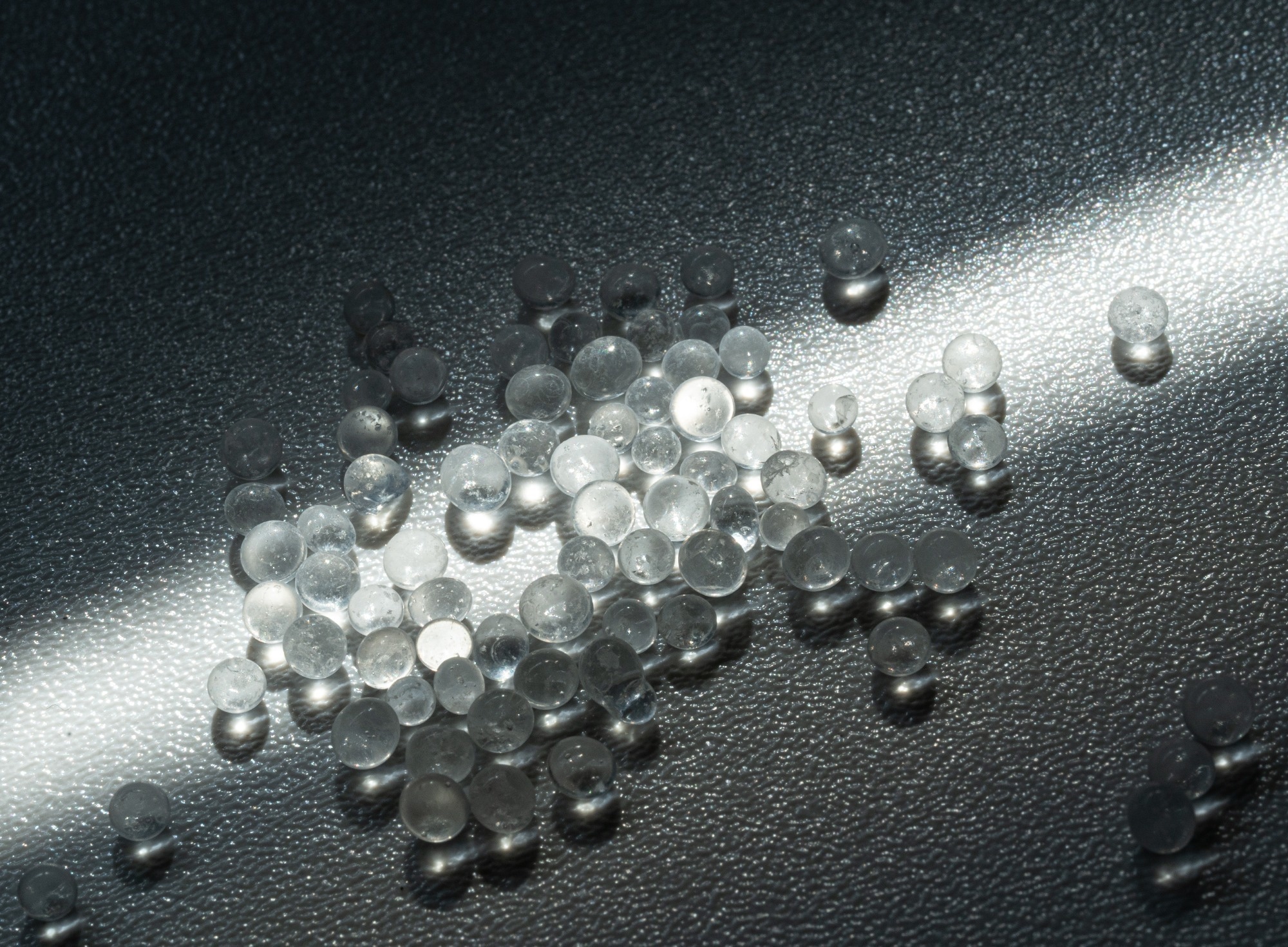Scientists have identified microplastics in over two-thirds of ovarian follicular fluid and more than half of semen samples, suggesting widespread internal exposure. The findings spotlight a growing environmental threat that may one day prove to impact reproductive function.
 Study: Unveiling the Hidden Danger: Detection and characterisation of microplastics in human follicular and seminal fluids. Image Credit: Ivan Marc / Shutterstock
Study: Unveiling the Hidden Danger: Detection and characterisation of microplastics in human follicular and seminal fluids. Image Credit: Ivan Marc / Shutterstock
New research presented at the 41st Annual Meeting of the European Society of Human Reproduction and Embryology (ESHRE) reveals the presence of microplastics in human reproductive fluids, raising important questions about their potential risks to fertility and reproductive health. The study will be published in the journal Human Reproduction.
Researchers examined follicular fluid from 29 women and seminal fluid from 22 men, both of which play critical roles in natural conception and assisted reproduction.
A range of commonly used microplastic polymers, including polytetrafluoroethylene (PTFE), polystyrene (PS), polyethylene terephthalate (PET), polyamide (PA), polypropylene (PP), and polyurethane (PU), were identified in both groups.
Microplastics were present in 69% of the follicular fluid samples analysed. Notably, the most frequently detected polymer was PTFE, found in 31% of the samples. This was followed by PP (28%), PET (17%), PA (14%), polyethylene (PE) (10%), PU (10%), and PS (7%), in descending order of prevalence.
In male seminal fluid samples, microplastics were found in 55% of those analysed. PTFE again emerged as the most prevalent polymer, identified in 41% of the samples. Other polymers detected included PS (14%), PET (9%), PA (5%), and PU (5%), though in lower concentrations.
To prevent contamination, all samples were collected and stored in glass containers and underwent chemical treatment before analysis using laser direct infrared microscopy.
Lead researcher Dr. Emilio Gomez-Sanchez commented, "Previous studies had already shown that microplastics can be found in various human organs. As a result, we weren´t entirely surprised to find microplastics in fluids of the human reproductive system, but we were struck by how common they were – found in 69% of the women and 55% of the men we studied."
Microplastics are defined as plastic particles measuring less than 5mm in size, and there is evidence that they pose a threat to both environmental and public health. Although this research did not directly assess the impact of microplastics on fertility, their detection highlights the need to explore potential implications for human reproductive health.
"What we know from animal studies is that in the tissues where microplastics accumulate, they can induce inflammation, free radical formation, DNA damage, cellular senescence, and endocrine disruptions", continued Dr. Gomez-Sanchez. "It's possible they could impair egg or sperm quality in humans, but we don't yet have enough evidence to confirm that."
The research team plans to expand their analysis to a larger cohort, alongside detailed lifestyle and environmental exposure questionnaires. Further phases of the project will also investigate the potential relationship between the presence of microplastics and the quality of oocytes and sperm.
Dr. Gomez-Sanchez stressed that fertility is influenced by many factors, including age, health, and genetics, and that the findings should not cause alarm among those trying to conceive. "There's no need for alarm at this point. Microplastics are just one of many elements that may play a role in fertility. However, it is sensible to consider ways of reducing our exposure to them. Simple steps, such as using glass containers to store and heat food, or limiting the amount of water we consume from plastic bottles, can help minimise our intake."
Professor Dr. Carlos Calhaz-Jorge, Immediate Past Chair of ESHRE, commented, "Environmental factors influencing reproduction are certainly a reality, although not easy to measure objectively. The authors of this study found microplastics in over two-thirds of follicular fluids and more than 50% of semen fluids from the studied patients. Although the significance of these findings is not yet clear, they should be considered an additional argument in favour of avoiding the generalised use of plastics in our daily lives."
Source:
Journal reference:
- Gomez-Sanchez, E., et al. (2025) Unveiling the Hidden Danger: Detection and characterisation of microplastics in human follicular and seminal fluids. Human Reproduction.